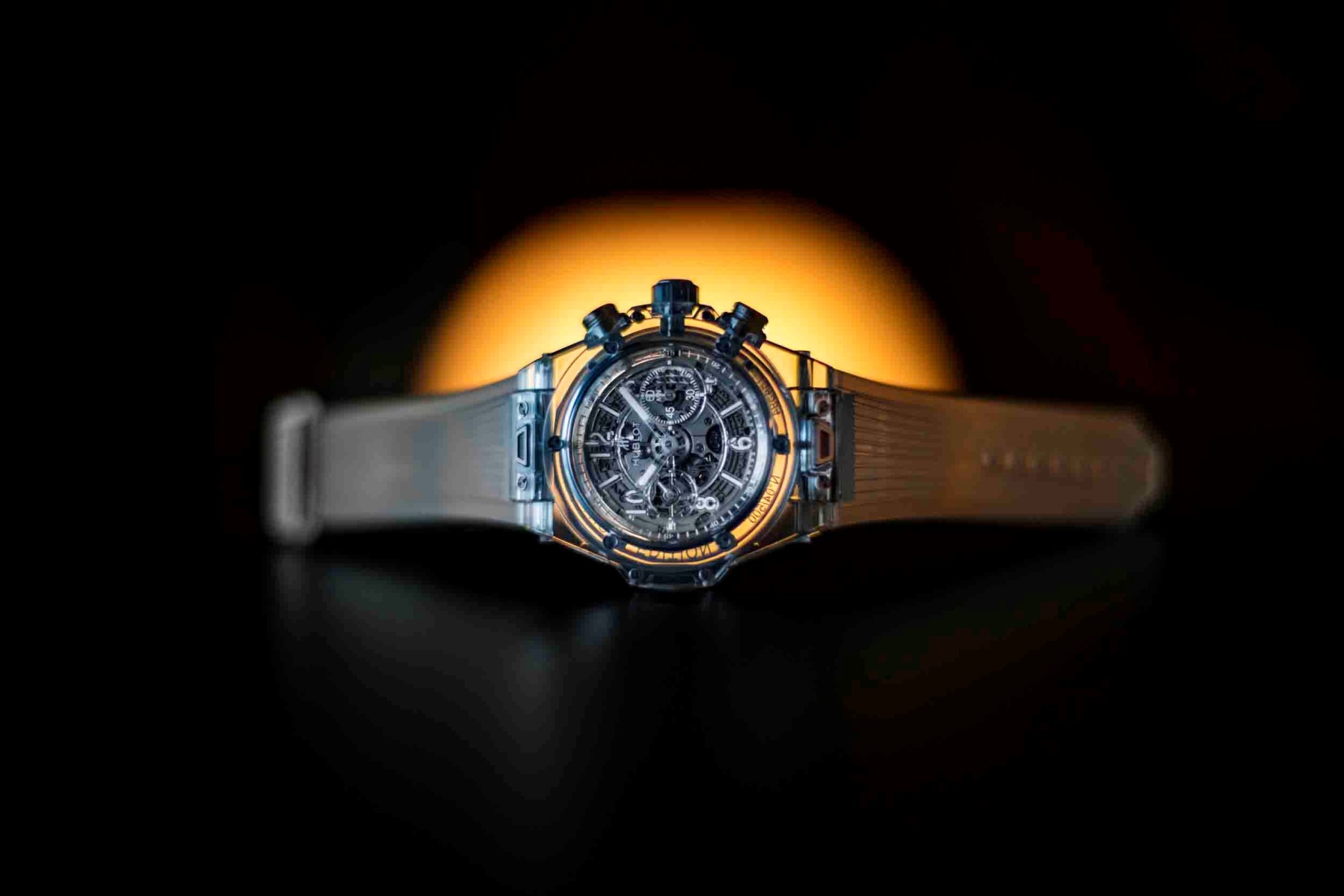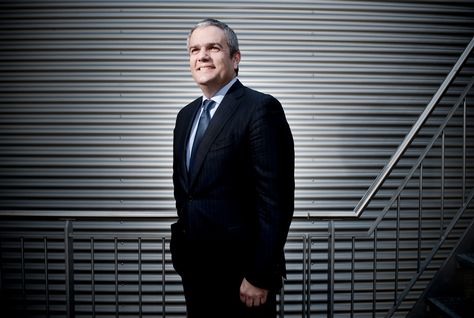For Hublot CEO Ricardo Guadalupe, innovation and brand partnerships are the keys to big growth in a challenging time for the industry.
You’re celebrating the tenth anniversary of Hublot’s All Black concept. For those without one on their wrist, what’s the point of the collection?
For me, the entire concept is that we no longer sell watches purely, so people know the time. People buy watches for what they represent, a way to show off your personality. For us, the All Black pieces sum up this point – as it’s a watch where you can’t see the time.
Ten years ago we had no idea that this concept would have been so successful, and it did bring Hublot to another level. And now, other brands have started to follow our concept – that’s a significant marker for success.
At the moment the watch industry is in turmoil. A lot of big brands are expanding their product lines – moving into entry level watches, having a sporty line, a classic line, a complicated line, for example. Hublot seems to stay quite central in its design ethos. Do you ever worry that you’re typecasting the brand?
I would say we have two main lines, the Big Bang collection which is our most iconic line. But we also have the Classic Fusion line, which is our interpretation of a classic watch. I say interpretation, because while it does have three hands and a round face, the materials we use make it thoroughly modern. The fact that we are successful with only two lines is a fundamental element for the brand.
For example, take Rolex, it’s had the same watches for tens of years, and they are still very successful. Patek Philippe has the Nautilus; Audemars Piguet has the Royal Oak, and at Hublot, we have the Big Bang. With regards to the turmoil, it seems that the companies that are in trouble are those that invested heavily in China. For us, it’s not our biggest market as so we put our focus elsewhere.
Hublot is putting a lot of emphasis on its partnerships with other brands, such as Berluti, Ferrari, Italia Independent – as well as brand ambassadors, like Usain Bolt and Kobe Bryant. How central is that strategy?
I think the partnership platforms make the brand better known, and we’re always keen to talk to new consumers – it helps us sell more watches. In the car industry, there is only one iconic brand like Ferrari, and to be associated with them has been fantastic. It’s a transfer of prestige, any brand associated with them must be fantastic. Same goes for Berluti, although that opens up a different sort of partnership. It lets us produce watches that are less about technology and precision, but that fit better with the lifestyle and fashion world. Every partnership is win-win for both them and us at the end of the day.

The design process seems to be very much about the engineering of these watches. You develop some crazy new metal or alloy and then decide to make a watch. Isn’t Hublot trying to develop see-through metal?
For us, innovation is at the heart of everything we do. Hublot is a young brand, so we need to have an awful lot of added value, more so than traditional brands. Materials are one way we do that. We have always had lofty goals in this regard, and different levels of research and development.
We’ve created – for example – an 18 carat gold watch that is un-scratchable. It took ten years of development with a University in Switzerland. On the other side, we have a denim watch. Making that was much more straightforward, but it’s a material that’s everywhere. What we did with it that made it unique.
Tradition and legacy pay a big role in the watch market. Do you think it’s overrated?
Yes, I think you should live in the present. Some brands only make the same watches that existed 200 years ago, and I’m not a big fan of those watches. The legendary watchmaker Abraham-Louis Breguet lived in the 1800s, and he made just about every technology inside of watches – escapements, complications, functions, automatic winding and even the tourbillon. If he were alive today, do you think he would have just given up on making something new? No, he would try and invent something.
Look at all the smartwatches that have hit the market, they all want a place on our wrist. As an industry, we need to wake ourselves up and offer a lot more value in what we produce. Instead of just producing the same watches, we need to re-interpret them. For example, we’ve built a chronograph where all the mechanics are on the dial, not hidden underneath. It’s not completely crazy in watch terms, but it’s still new and innovative.
Hublot is very well known for its modular UNICO movement system, and much of that is credited with the previous CEO Jean-Claude Biver. He’s still a stakeholder in Hublot but moved over to be CEO of TAG Heuer. Recently, TAG Heuer has launched its own modular movement system in the Heuer02, and many have compared it to your movement. Do you see the similarity?
It is similar but different. We are talking to different consumers. For example, they are doing what Nissan do in the car industry; it can produce a 500 horsepower car just like Ferrari. They are both based on similar technology, but one is Nissan, and the other is Ferrari. I’m not saying that TAG Heuer is necessarily Nissan and that we are Ferrari, but they are in different segments and so communicate to different people.
What can we look forward to from Hublot next year? New materials? Or are you doubling down on more brand partnerships again?
Every year we try to come up with something innovative, but I would say next year is going to be very focussed around Ferrari. For them, they will be celebrating their 70 year anniversary, and are going to be very active.
We are putting together a watch centred on those 70 years and really explore a whole new design aesthetic. You will still recognise it as a Hublot, but it will be very different because it’s been designed by the Ferrari team. Separately, I like Sapphire as a case material, so we’ll be doing some evolutions with those lines.
Omega just announced that it was producing accessories, including sunglasses and perhaps leather goods. Is this something Hublot might consider?
We specialise in watches and that’s our core business, but our partnerships do allow us to create these sorts of things. Our Italian Independent tie-up comes with a pair of sunglasses, but we’re not about to license our brand to someone like Luxottica.
So while we are happy to explore the world of products, we’d do it through partnerships. We could create a beautiful Hublot and Berluti bag, for example, that would be sold in our stand-alone boutiques. So if we were, it would be with this approach.
What would make 2017 a good year for Hublot?
Even though the industry is a bit unsteady, we are doing quite well ourselves. We are gaining market share, and I would like 2017 to continue that way. I still think it’s going to be difficult, so the idea is to remain active, dynamic and continue to grow. Then when the market starts to recover, Hublot will be an even stronger brand than we are today.

